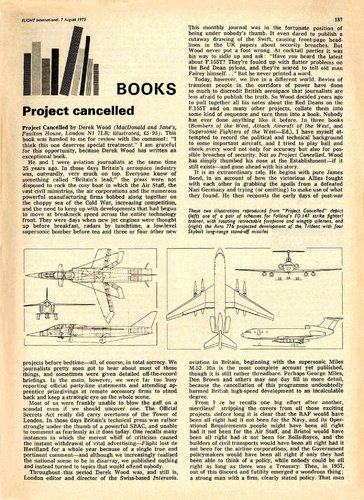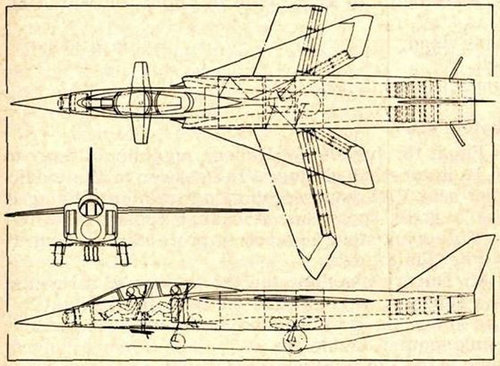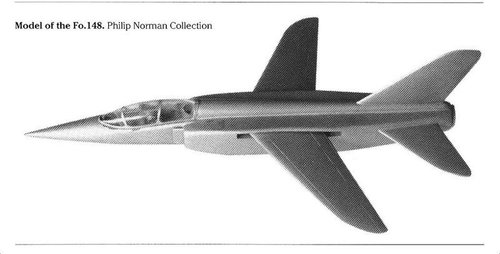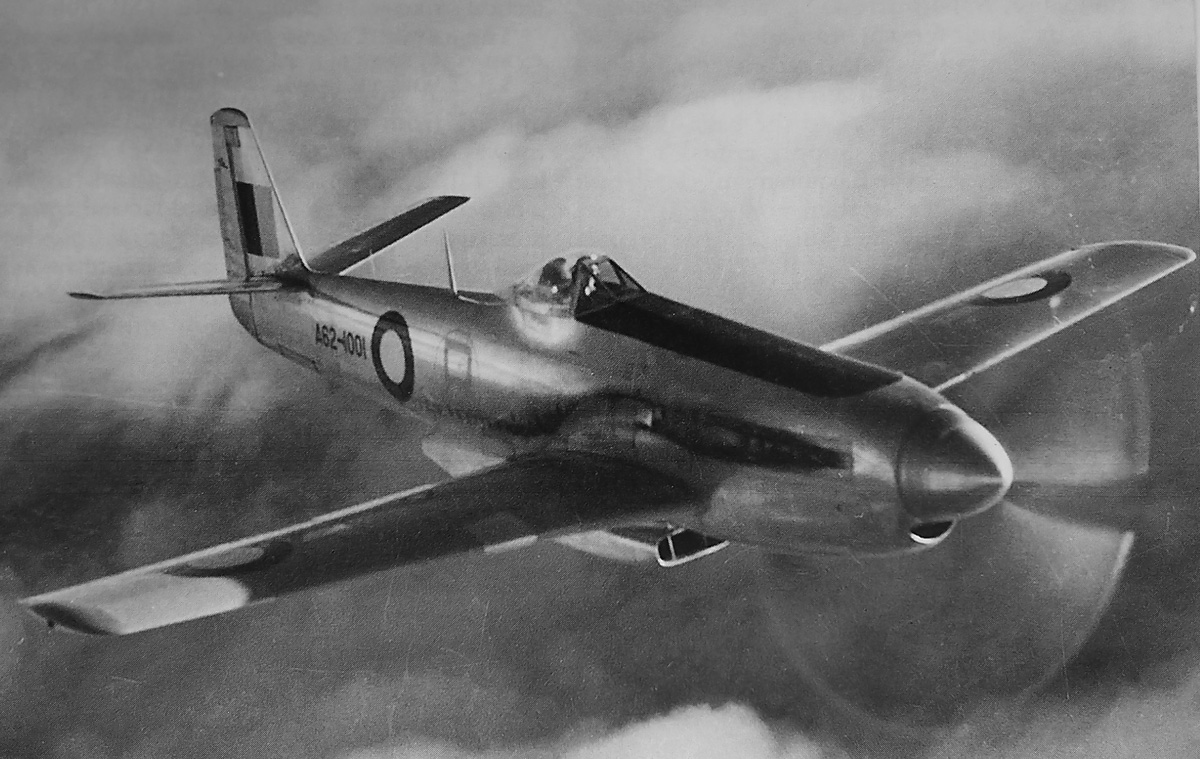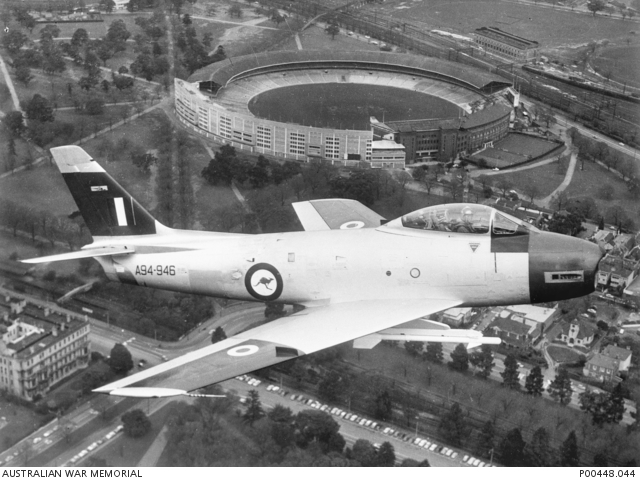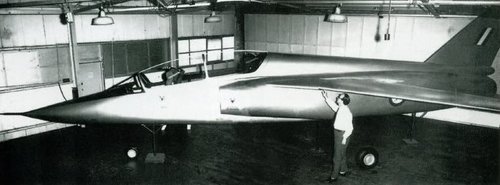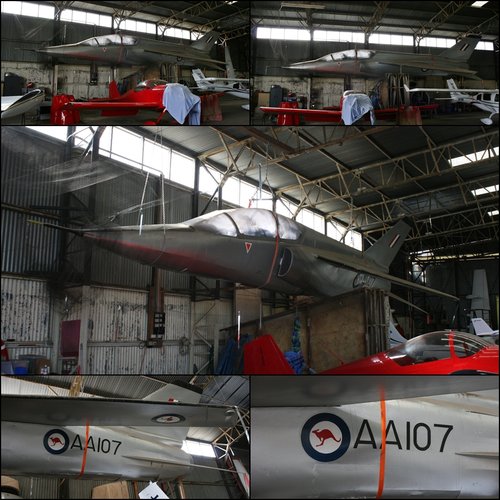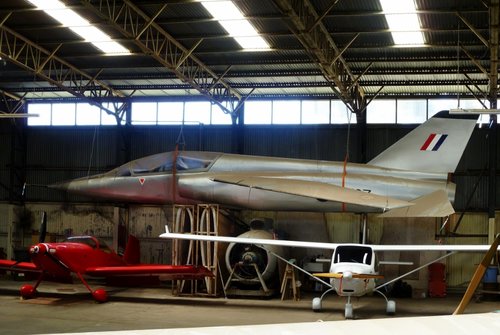- Joined
- 25 January 2020
- Messages
- 1,108
- Reaction score
- 1,574
Hello everybody,
In the 1960s, the RAF was looking for a replacement for its Folland Gnats and Hawker Hunter trainers. It specified that the aircraft had to be supersonic and had to have a strike capability. The projects that I know of, taken from "British Secret Projects 2: Jet Bombers since 1949" written by Tony Buttler, are:
Folland Fo.147
Folland Fo.148
BAC (Vickers) Type 593
BAC (English Electric) P.45
Hawker Siddely HS.1170B
Hawker Siddely HS.1173
Hawker Siddely HS.1179
BAC/CAC AA-107
BAC P.61
Then there's the Breguet BR.121, which eventually, evolved into the SEPECAT Jaguar.
The projects which are most intriguing are the: BAC (Vickers) Type 593, Hawker Siddely HS.1170B, Hawker Siddely HS.1173, Hawker Siddely HS.1179, BAC/CAC AA-107 and the BAC P.61, as these are rarely covered. Does anyone have any technical documents about these types? Does anybody have any additional information or images about these types?
Thanks in advance,
Wyvern
In the 1960s, the RAF was looking for a replacement for its Folland Gnats and Hawker Hunter trainers. It specified that the aircraft had to be supersonic and had to have a strike capability. The projects that I know of, taken from "British Secret Projects 2: Jet Bombers since 1949" written by Tony Buttler, are:
Folland Fo.147
Folland Fo.148
BAC (Vickers) Type 593
BAC (English Electric) P.45
Hawker Siddely HS.1170B
Hawker Siddely HS.1173
Hawker Siddely HS.1179
BAC/CAC AA-107
BAC P.61
Then there's the Breguet BR.121, which eventually, evolved into the SEPECAT Jaguar.
The projects which are most intriguing are the: BAC (Vickers) Type 593, Hawker Siddely HS.1170B, Hawker Siddely HS.1173, Hawker Siddely HS.1179, BAC/CAC AA-107 and the BAC P.61, as these are rarely covered. Does anyone have any technical documents about these types? Does anybody have any additional information or images about these types?
Thanks in advance,
Wyvern

